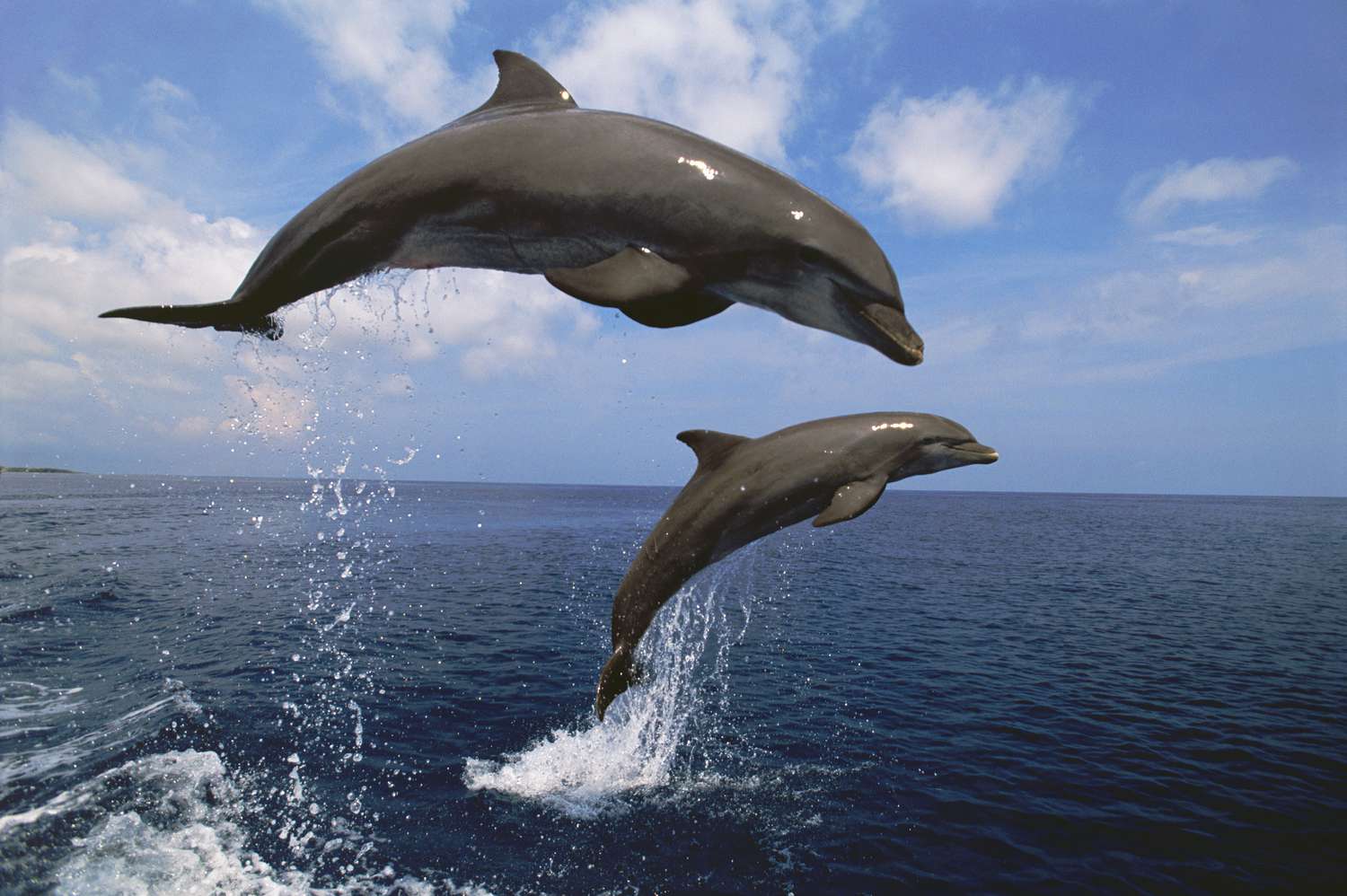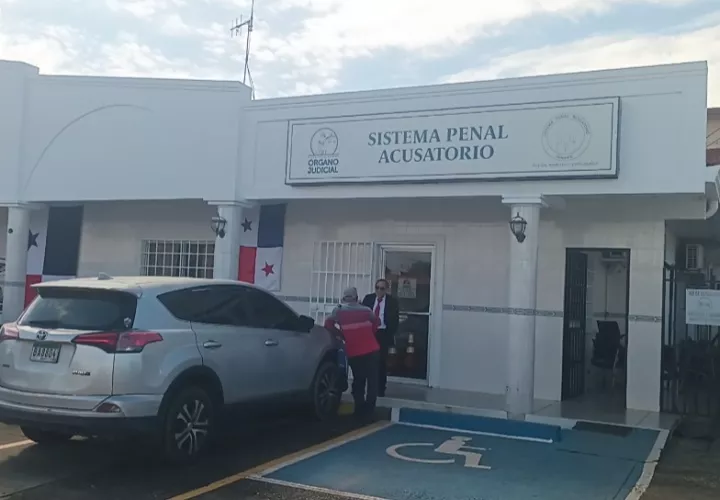Scientists in Panama to Propose Wild Dolphin Evaluation

Scientists gathered in Panama propose to evaluate mother-calf separation of dolphins during purse seine fishing (a large wall of netting deployed around an entire area or school of fish) operations in the Eastern Tropical Pacific Ocean, an innovative project approved within the framework of the 48th Meeting of the Parties to the Agreement for the International Dolphin Conservation Program (AIDCP), held in Panama on Tuesday, August 27, 2024.
Arnulfo Franco, director of the Inter-American Tropical Tuna Commission (IATTC), announced during the meeting that a comprehensive study will be conducted on the separation of dolphin mothers and calves in fishing sets, with the aim of investigating the effects of this separation on dolphin populations. This study will use unmanned aerial vehicles (UAVs) to observe whether mother-calf pairs are separated during the chase, encirclement, retreat, and/or release stages of the so-called “race,” as well as to measure the rate of separation and its potential impact on the growth of dolphin populations in the region.
The project, initiated in May 2023, consists of a two-phase pilot study followed by a main study, with the first phase taking place between May and July 2023 off the coast of southern Portugal, where UAV use protocols were established by observing common dolphins at a long-term study site. The second phase was verified in August 2023 on board a Mexican-flagged tuna purse seine vessel, where methods were refined and preliminary data was collected. In this phase, calves were followed in eight of the ten fishing hauls by UAV, and key terms for the study were defined.
The director also stressed that while it is scientifically known that large tuna swim in association with dolphins, the precise reason for this interaction is still unknown. The Eastern Pacific Ocean is the region where the greatest tuna-dolphin interaction is recorded in the world, a key dynamic for the tuna fishery under IATTC supervision. Fishermen have learned that the presence of dolphins during a set indicates the possible presence of large tuna.
The AIDCP program was created to reduce the high mortality of dolphins recorded in the 1980s. Thanks to improved vessel maneuvers, the use of advanced technology, the intervention of divers to free dolphins, and the presence of observers qualified by the AIDCP, dolphin mortality due to this cause has been practically eliminated.
Finally, Franco positively valued the participation of the Aquatic Resources Authority of Panama (ARAP) in this international meeting, highlighting the importance of the entity’s general administrator, Eduardo Carrasquilla, leading the deliberations, which demonstrates the country’s commitment to the conservation of dolphins and the sustainability of fisheries.





